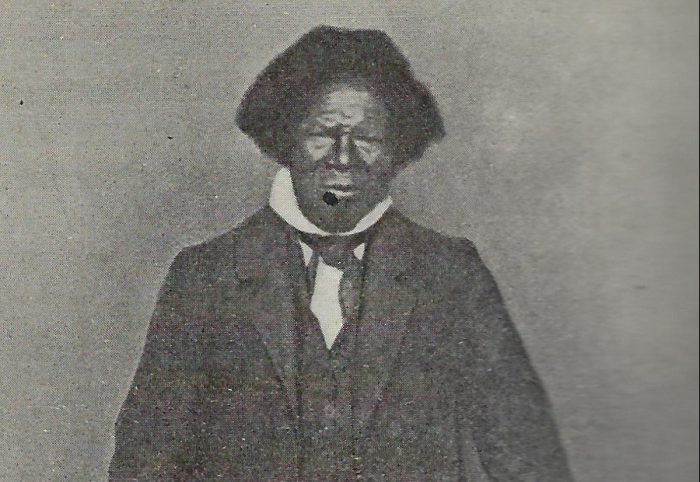A recent letter to the editor from a well-intentioned resident on Long Island regarding the quality of its schools reinforces the myth that more money is the answer to failing schools.
The letter writer, whom I will call Ms. Dogooder, stated emphatically that the reason students in low wealth school districts on Long Island underperform is because their communities are unable to generate as much property tax revenues as their wealthier counterparts. She stated that an article describing problems in a local school “highlighted one of the salient reasons why some schools fail. Money is an important factor. Higher performing schools spend more per pupil because their property taxes are usually higher.”
She represents a surprisingly large segment of the population, who believe that the cure to fixing underperforming schools is simply to throw more money at the problem. Unfortunately, continuing to hold onto this discredited concept punishes not only over beleaguered taxpayer, but also the very students that the do-gooders claim to be advocating for.
Ms. Dogooder states that schools such as Hempstead, in Nassau County, are spending far less per pupil than wealthy districts, because they cannot raise enough in property taxes. This is simply false.
Ms. Dogooder is correct in her assertion that Hempstead, will raise less money from property tax collections than say, Garden City, a far wealthier zip code. But she seems to be unaware that disproportionately higher state aid granted to low wealth districts more than offsets any disparities in property tax collections.
For instance, while the wealthy district of Garden City garners $5.7 million in state aid, Hempstead receives $119 million. Thus, the $27,000 average spending per-pupil in Hempstead, is actually more than the $25,000 per-pupil spent in Garden City.
From 2006 to 2015, state aid to education increased by $6 billion to a total of $23 billion, despite a brutal recession in between. By 2018, aid had risen to almost $27 billion, with lower wealth districts receiving the far more dollars per pupil.
The average New York State spending per pupil in 2015 was $21,000, almost double the $11,000 national average. Using Ms. Dogooder’s logic, wouldn’t that mean that New York test scores would be twice as good? Actually, our reading test scores for fourth-graders are below national average, according to “The Nation’s Report Card”, proving that simply pushing more money toward the problem is not the solution.
Perhaps if we instill more competition and discipline, along with higher standards, we would see better results. Rather than pretending that low performance is the result of a lack of funding, perhaps we’d be better off looking at root problems of underperformance, including the breakdown of the nuclear family.
The only thing the philosophy espoused by Ms. Dogooder has accomplished is making New York one of the highest taxed areas in the nation. We need to fix the problem, but we can’t do so until we understand the cause.
Steve Levy is Executive Director of the Center for Cost Effective Governance. He served as Suffolk County Executive, as a NYS Assemblyman, and host of The Steve Levy Radio Show.































